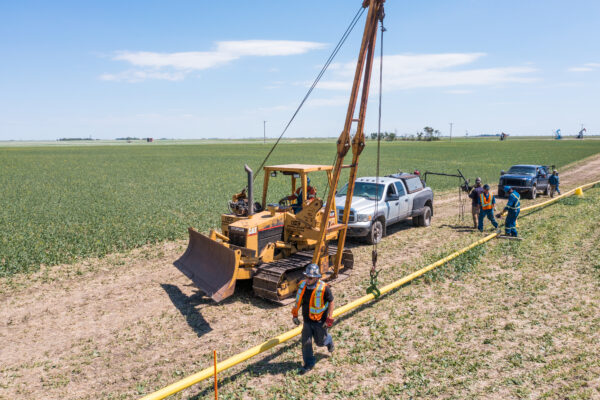Ever want to see the other team’s playbook? Project of the Century (report link)– the most comprehensive discussion of energy transition we’ve seen to date, was published by the Public Policy Forum. It’s principally about doubling the electrical grid, or more, but doing so without increasing fossil fuel emissions. The dollar figure is up to $1.7 trillion – with a ‘t’ – mostly from federal taxpayer dollars.
Here’s the story on it: https://pipelineonline.ca/project-of-the-century-the-most-comprehensive-discussion-of-energy-transition-weve-seen-to-date/
This is the closest I’ve seen to what the federal Liberal government is trying to accomplish with the “energy transition.” Some of Natural Resources Minister Jonathan Wilkinson’s speech and discussion in Regina and Kipling at the end of June was almost word for word from this paper, before the paper was published.
This has huge implications for Saskatchewan and Alberta. Part of the interview focuses on how net zero by 2035 is impossible.
I spoke to the CEO and one of the authors on July 26. Here’s the in-depth interview. I’ll next be posting an analysis by Jim Warren on this, then likely one of my own.
Editor’s note: Pipeline Online has requested permission from the Public Policy Forum to publish the entire Project of the Century report, in serial form. That permission has not yet been granted, despite the Public Policy Forum’s webpage copyright notice stating, “The Public Policy Forum encourages interested parties to use, in whole or in part, its publications, data, images and other content to further dialogue on public policy in Canada. We require that the PPF is properly cited and acknowledged. In all instances, the PPF would like to be notified of the use of its publications and data.”
They won’t give me a straight answer as to why they won’t let me publish it, when that is clearly their policy. Wonder why that is?
Update Aug. 8, 2023, 10:30 a.m. Since Pipeline Online made the above request, Public Policy Forum has updated its copyright notice. It now states, “Copyright – The Public Policy Forum retains copyright of our publications. For permission to publish a report excerpt, please contact us at: ppforum@ppforum.ca“












 Saskatchewan’s own
Saskatchewan’s own